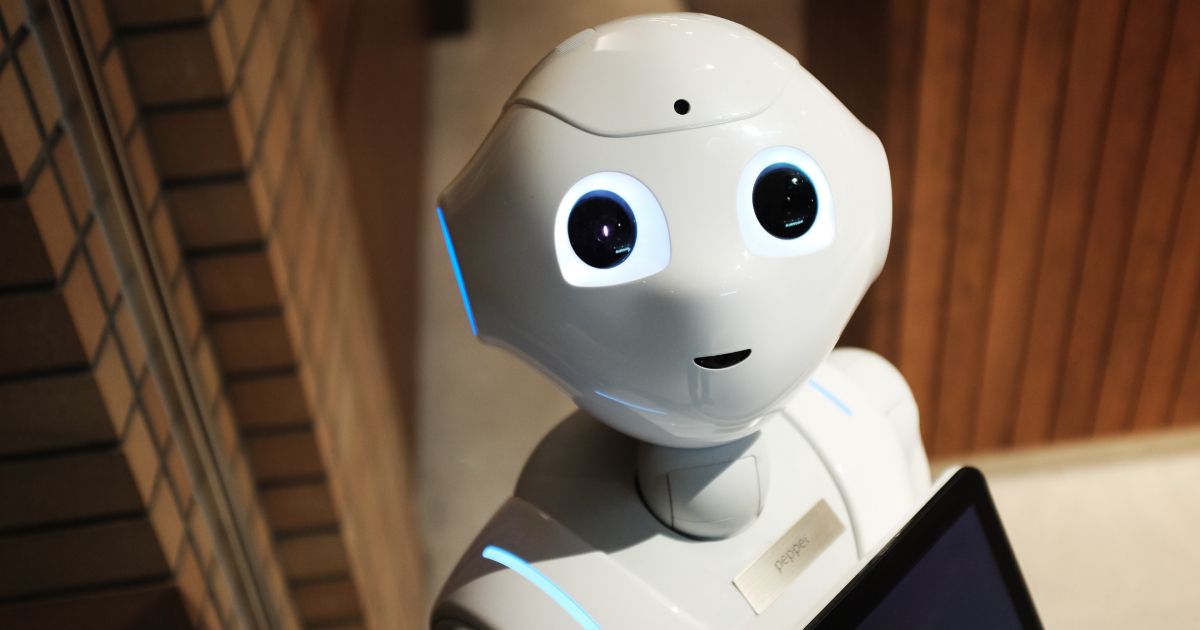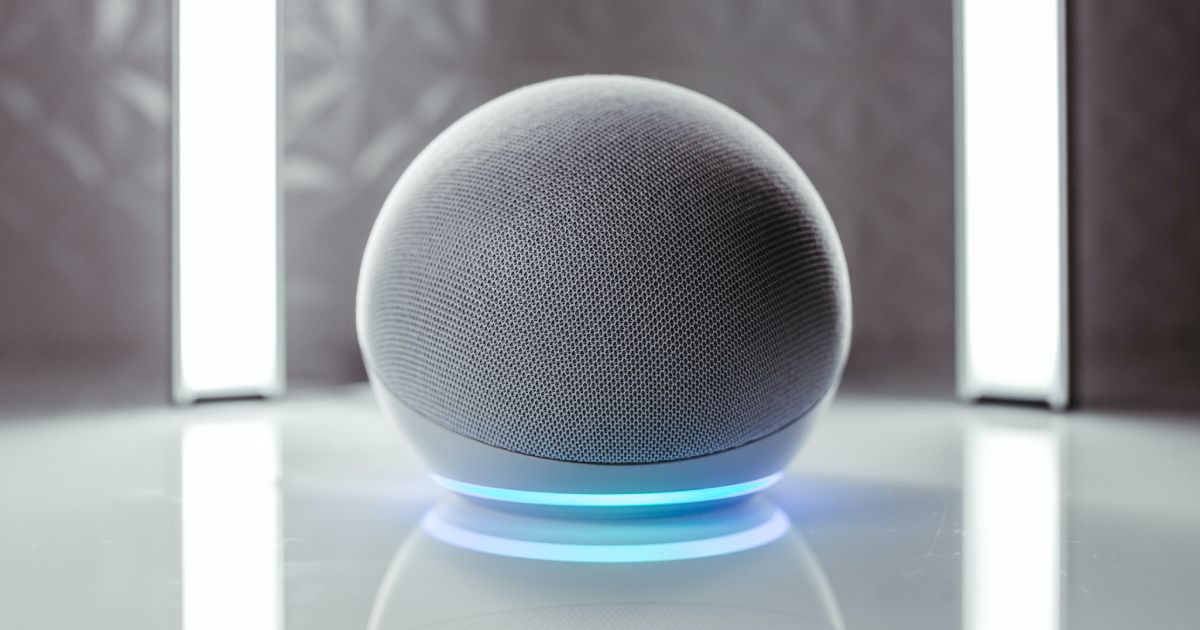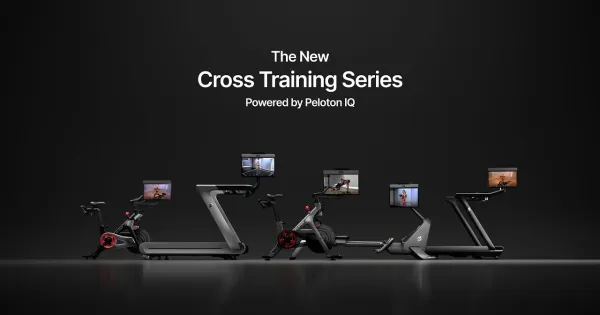Chatbots vs Virtual Assistants [Key Differences]
![Cosmico - Chatbots vs Virtual Assistants [Key Differences]](/content/images/size/w1200/2023/08/chatbots_vs_virtual_assistants_2023_cosmico_business_tech_insights.jpg)
In the rapidly evolving landscape of technology-driven communication, chatbots and virtual assistants have emerged as two prominent tools that businesses and individuals alike are leveraging to enhance interactions, streamline processes, and provide efficient customer support.
While both chatbots and virtual assistants serve similar purposes, they differ in significant ways that influence their applications, capabilities, and functionalities.
What is a Chatbot?

A chatbot is a software application designed to simulate human-like conversations with users through text or speech-based interactions. Driven by artificial intelligence (AI) and natural language processing (NLP) technologies, chatbots are capable of understanding and responding to user inquiries in a conversational manner. These digital agents are often integrated into messaging platforms, websites, mobile apps, and other digital channels to provide real-time assistance and enhance user engagement.
Chatbots operate by processing user inputs, interpreting the context and intent of the queries, and generating relevant responses. They can handle a variety of tasks, from answering frequently asked questions and providing information to guiding users through specific processes or tasks.
Depending on their complexity, chatbots may follow predefined scripts or utilize machine learning algorithms to continuously improve their responses based on user interactions. They play a significant role in automating customer service, streamlining interactions, and ensuring prompt and consistent assistance around the clock.
Here are the top chatbots known for their capabilities and widespread use:
- Intercom: Intercom is a customer messaging platform that enables businesses to engage with customers in real-time across multiple channels, fostering personalized interactions and improving user experiences.
- Tidio: Tidio is a live chat and chatbot platform designed to help businesses interact with their website visitors and customers in real-time, providing a seamless and engaging communication experience.
- Chatfuel: Chatfuel is a user-friendly chatbot platform that specializes in creating chatbots for Facebook Messenger, making it a favorite for businesses looking to engage users on social media.
- LivePerson: LivePerson offers AI-powered chatbots that enhance customer engagement and support across various channels, helping businesses provide real-time assistance and gather valuable insights.
- Drift: Drift is known for its conversational marketing platform that includes chatbots for sales and marketing interactions on websites.
What is a Virtual Assistant?

A virtual assistant is an advanced AI-driven system designed to perform a wide range of tasks and functions to assist users in various aspects of their daily lives. Utilizing artificial intelligence and machine learning technologies, virtual assistants are capable of understanding user context, learning from their behaviors, and carrying out tasks on their behalf.
These intelligent agents are often integrated into devices such as smartphones, smart speakers, and other smart devices, providing users with personalized and comprehensive assistance. Virtual assistants go beyond simple text-based interactions and can engage in more complex tasks. They can schedule appointments, set reminders, send emails, make phone calls, provide weather updates, play music, answer trivia questions, and even control smart home devices.
These capabilities are made possible by their ability to process and analyze vast amounts of data, adapt to user preferences, and perform tasks with a high degree of accuracy. With the advancement of natural language processing, virtual assistants can engage in more natural and human-like conversations, making interactions with technology more intuitive and efficient.
Whether it's managing daily tasks, seeking information, or automating routine processes, virtual assistants have become integral in enhancing productivity and convenience for users in both personal and professional settings.
Here are the top virtual assistants known for their capabilities and popularity:
- Amazon Alexa: Amazon's Alexa is a widely recognized virtual assistant that powers a range of Amazon Echo devices. It can perform various tasks, including answering questions, controlling smart home devices, playing music, and more.
- Apple Siri: Siri is Apple's virtual assistant integrated into iOS devices, Mac computers, and HomePod speakers. It can perform tasks, provide information, set reminders, and interact with apps using voice commands.
- Google Assistant: Google's Assistant is available on Android devices and smart speakers like Google Home. It offers voice-controlled assistance, answering queries, controlling devices, and integrating with Google services.
- Microsoft Cortana: Although its consumer-focused functionality has been scaled back, Microsoft's Cortana remains a virtual assistant for enterprise use, helping users manage tasks, schedule meetings, and more.
- Samsung Bixby: Bixby is Samsung's virtual assistant found on its Galaxy smartphones and other devices. It's designed to perform tasks, answer questions, and control device settings through voice commands.
Functionality and Capabilities
Chatbots excel in providing quick and scripted responses to user inquiries. They are efficient at handling routine tasks, offering instant customer support, and routing users to the right resources. Chatbots are typically rule-based or AI-driven, and while they can handle natural language interactions, their responses are often limited to pre-defined patterns and scenarios.
Virtual assistants, on the other hand, possess a broader skill set and are capable of performing tasks beyond basic conversations. They can learn from user interactions, adapt to individual preferences, and improve their responses over time. Virtual assistants use AI to understand context and intent, making them more versatile when it comes to handling tasks that require multiple steps or actions. Their capabilities extend to managing calendars, providing weather updates, controlling smart home devices, and even initiating complex workflows.
Use Cases and Applications
Chatbots find their applications in scenarios where real-time interaction and quick responses are essential. Businesses often deploy chatbots on their websites or social media platforms to engage customers, provide instant support, and address common queries. E-commerce websites may use chatbots to guide customers through the purchase process or answer questions about products and services.
Virtual assistants, due to their multifaceted capabilities, are employed in various contexts. Personal virtual assistants like Apple's Siri, Amazon's Alexa, and Google Assistant help users with daily tasks, search queries, and controlling smart devices. In business environments, virtual assistants can be integrated into productivity tools to help schedule meetings, manage emails, and streamline workflows.
Final Thoughts
In summary, while both chatbots and virtual assistants contribute to enhancing user experiences and efficiency, they cater to different use cases and have distinct capabilities.
Chatbots excel in providing quick answers and handling routine interactions, while virtual assistants offer a wider range of functionalities and can perform complex tasks beyond simple conversations.
The choice between chatbots and virtual assistants depends on the specific needs of individuals and businesses, and understanding their differences is key to making informed decisions about their implementation.





